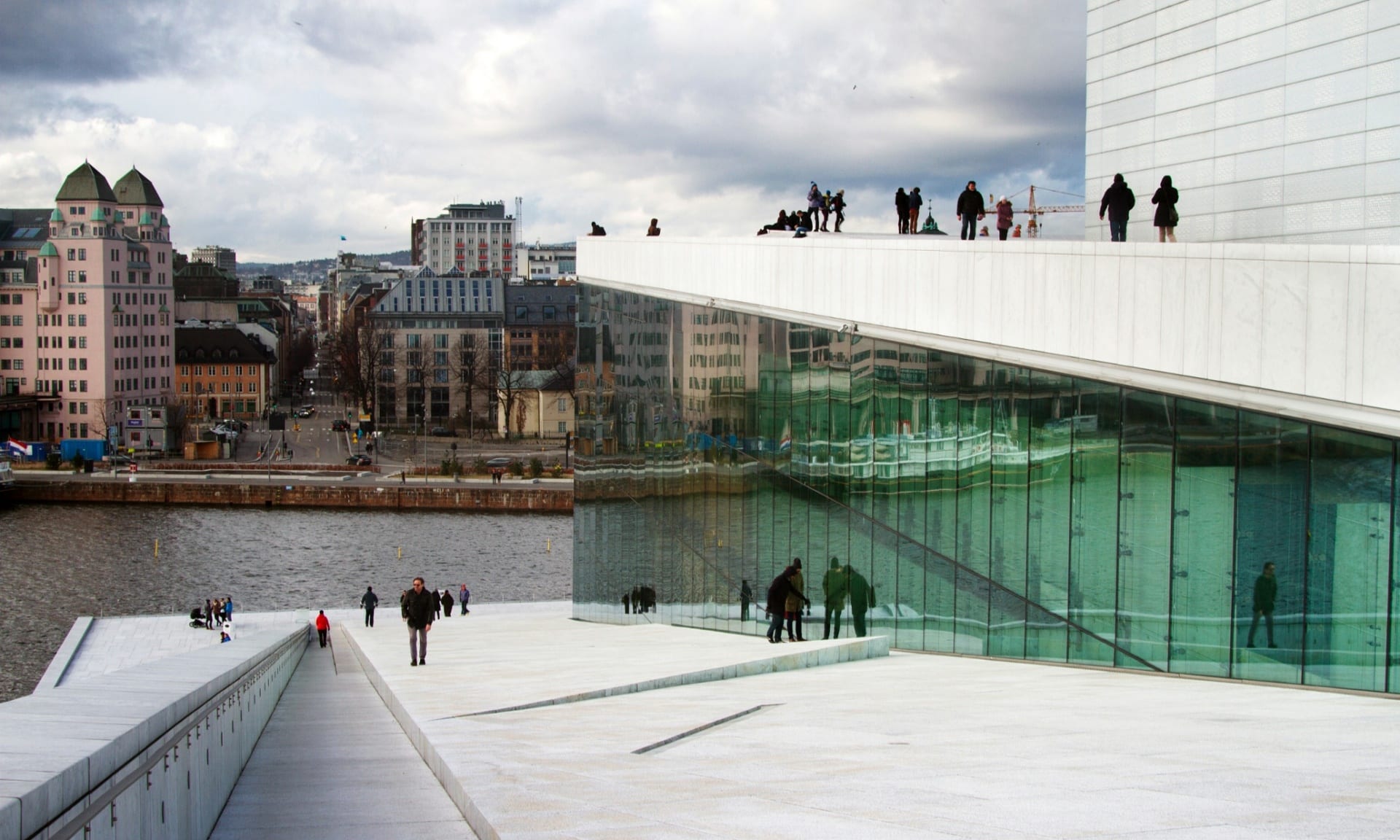

The Social Progress Index, now used by the European Commission, considers social and environmental indicators to measure a country’s success
In a breakthrough for campaigners seeking a more holistic approach to measuring the health of nations, the European Commission has committed to integrating social and environmental considerations into the heart of its economic decision making.
The EC’s director general of regional and urban policy, Walter Deffaa, has agreed to use the Social Progress Index (SPI), which enables countries to evaluate how effectively they translate economic success into social progress, as a key tool in deciding how to allocate €63.4bn to deprived regions in the European Union.
The index uses 52 indicators ranging from healthcare and housing to ecosystem sustainability and freedom from discrimination.
An EC spokesman said: “Going beyond GDP is a longstanding interest of the Commission services. Through this work we hope to understand where GDP is a poor proxy for a region’s quality of life or its social progress.”
While it is no easy task to create an SPI for all 272 regions in 28 European countries, the EC says the ability for different countries to share knowledge on socially innovative policies “was identified as a key demand arising from policymakers”.
Harvard professor Michael Porter, the creator of the concept of shared value, created the index in 2013, arguing it made no sense to be measuring success purely on the idea of growth at a time when countries are facing massive social upheavals.
Rather than seeking to integrate wellbeing and happiness into the economic agenda, the SPI looks only at social and environmental considerations and therefore gives them authority in their own right, enabling them to be compared and contrasted with traditional economic measures.
Initiatives using the index are under way at either national or local level in more than 40 countries. Paraguay is already using it to create an inclusive national development plan for 2030, while regions and cities are showing an interest after a successful pilot programme with the 772 municipalities in Brazil’s Amazon region. The findings from that project are being used by the Brazilian state of Pará to guide a new development strategy.
The US state of Michigan is starting to use the index to guide its urban development strategy for cities such as Detroit, while major cities across Latin America, including Rio de Janeiro and Bogota, are working to integrate the various indices into their planning.
Michael Green, who runs the SPI, said the work with the EC showed that post-GDP measures were coming of age and that “our hope is that by showing the SPI’s usefulness in the regions, it will help decision makers in Europe see its value and integrate it into all their decision making”.
“The reason the index is gaining traction with policymakers is that it is not being seen as a radical tool for replacing GDP, but sets out to complement it,” says Green.
“Apart from developing relationships with governments, regions and cities, we also see great potential for businesses to use this tool to understand the impact they have on society, and for investors to understand where to invest their capital more efficiently.”
Green says GDP does show that the more resources a country has at its disposal, the more likely it is to advance social progress. But there comes a point where it stops contributing to health and wellness and leads to a degradation of the environment.
“Unlike GDP, a country cannot boost its SPI score just by improving the lives of the most well off, or even the majority. The index is therefore a powerful measure of inclusivity,” he added.
In the 2015 index results, Scandinavian countries performed strongly, all appearing in the top 10 of the league table, while the UK came 11th and the US 16th. Bottom of the list were Afghanistan, Chad and the Central African Republic.
The rethinking prosperity hub is sponsored by DNV GL. All content is editorially independent except for pieces labelled “brought to you by”. Find out more here.
Source: The Guardian
This post was published on 10 de April de 2015
States with the most deforestation in January were Mato Grosso, Roraima and Pará Deforestation…
According to the Green Radar report, in 2024, out of the 146 companies assessed, 6…
A survey of more than 3,500 lawsuits showed an increase in punishments, while payment of…
A group made up of specialists from 23 different professions trained in the Sustainable Amazon…
The degraded area increased due to burning, especially in August and September In 2024,…
The program is scheduled to last 15 years and will include local indigenous peoples and…